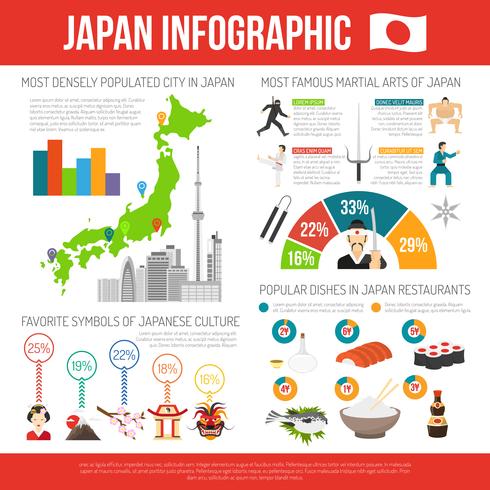A Historical Introduction And Development Of Martial Arts Around The World
A Historical Introduction And Development Of Martial Arts Around The World
Blog Article
Post By-Wilcox Vick
Martial arts have an interesting background that extends centuries and continents. You could find it fascinating how old techniques like Shuai Jiao and Kalaripayattu prepared for modern-day fight techniques. These techniques not just stress physical abilities however additionally mirror the cultures that birthed them. As you discover their development, think about just how globalization has actually changed these typical types right into hybrid styles. What influences do you believe have shaped today's martial arts landscape?
Ancient Martial arts: The Foundations of Fight
As you look into the world of ancient martial arts, you'll discover the rich foundations that formed battle strategies across cultures. Very early practices focused on Self-Defense and survival, commonly including strikes, grappling, and weaponry.
In ancient China, for instance, techniques like Shuai Jiao highlighted throws and joint locks, while India's Kalaripayattu showcased dexterity and liquid movement. Japanese samurai created Kenjutsu, a refined swordsmanship that highlighted self-control and technique.
These martial arts served not just for battle yet additionally as a way of individual development, instilling values like respect and perseverance. The mixing of these methods in time laid the groundwork for the diverse martial arts you see today, each showing the special philosophies and needs of its society.
The Social Influence on Martial Arts Growth
While martial arts usually reflect the functional demands of a society, they also personify the social worths and ideas of their beginnings. When you discover various martial arts, you'll observe exactly how they're affected by religious beliefs, ideology, and social standards.
As an example, the emphasis on regard and technique in Japanese martial arts originates from Zen Buddhism and samurai culture. On Click In this article , Brazilian Jiu-Jitsu promotes adaptability and approach, formed by the need for performance in a varied, multicultural environment.
You may discover that the routines, uniforms, and training methods mirror a community's background and identification. By understanding these cultural impacts, you strengthen your appreciation of martial arts and their function in shaping human experiences around the world.
Modern Adaptations and the Globalization of Martial arts
Martial arts have changed significantly in current decades, adapting to modern culture and international impacts. You'll notice that traditional kinds have mixed with modern-day strategies, developing hybrid styles like MMA. These adjustments satisfy diverse target markets, making martial arts obtainable and appealing worldwide.
With the rise of social media sites and electronic systems, you can discover tutorials and competitions from all edges of the globe, breaking geographical barriers. This globalization has actually resulted in a shared admiration for various self-controls, from Brazilian Jiu-Jitsu to Taekwondo.
As why martial arts is good involve with these arts, you'll understand they're not almost combat; they promote health and fitness, self-control, and mental health.
Inevitably, modern-day adaptations have actually enriched the martial arts landscape, making it a dynamic and developing technique.
Verdict
In checking out the history and advancement of martial arts, you uncover a remarkable mix of techniques, societies, and approaches. From old techniques like Shuai Jiao and Kalaripayattu to the modern-day flexibility seen in MMA, martial arts show mankind's mission for Self-Defense and individual growth. As you involve with these practices, you not only gain skills however additionally a much deeper admiration for the diverse practices that form our globe today. So, continue your trip and embrace the art of battle!
